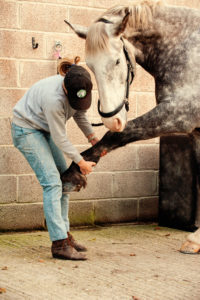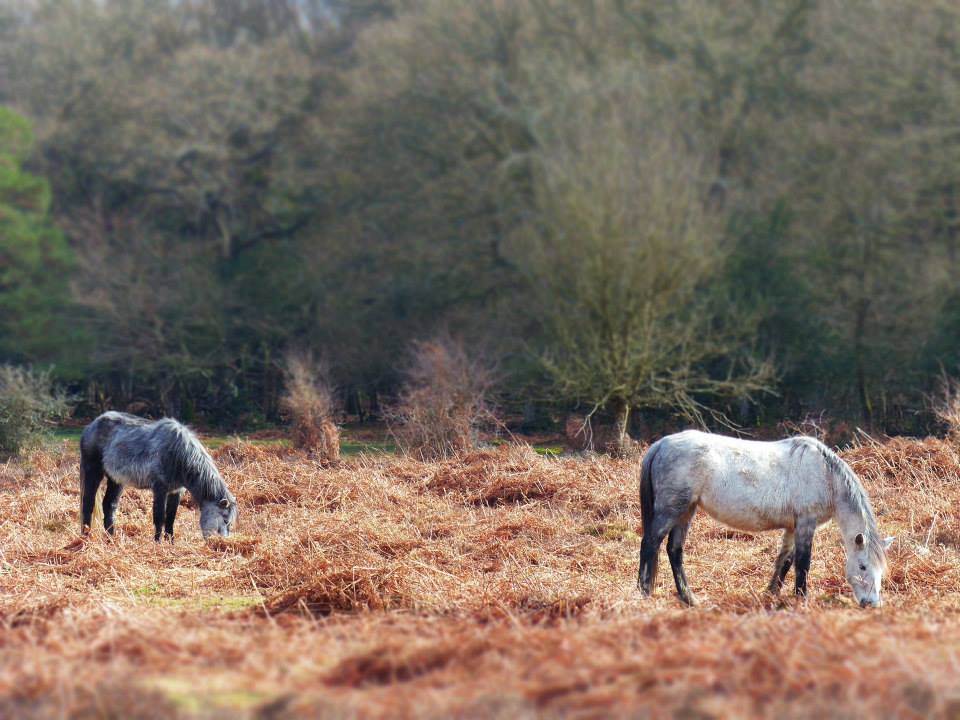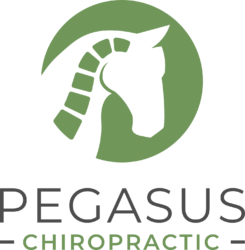Why does my horse need treating?
 The greatest force constantly working on the body is gravity. Add the weight of a rider and those forces are increased. When horses are not using their bodies correctly, there is more stress on their joints. This creates dysfunctional movement which can develop into pain.
The greatest force constantly working on the body is gravity. Add the weight of a rider and those forces are increased. When horses are not using their bodies correctly, there is more stress on their joints. This creates dysfunctional movement which can develop into pain.
Chiropractic helps restore and maintain optimal joint movement and muscular tone so your horse can move without pain.
Removing dysfunctional movement can increase the length of stride, balance muscle development, increase power, and increase acceleration. It can improve symmetrical movement, bending, collection, and lateral movements.
Equine Athletes
Manual therapy is well researched on humans for its performance enhancing ability and research is growing within the equine field. Just as a human athlete would have ongoing treatment for the maintenance of  health and performance, your horse should too. Chiropractors are extensively trained in subtle observation and palpation skills which detect joint dysfunctions or unbalanced movements. These can be brought to your attention early, before they begin having a negative effect on performance.
health and performance, your horse should too. Chiropractors are extensively trained in subtle observation and palpation skills which detect joint dysfunctions or unbalanced movements. These can be brought to your attention early, before they begin having a negative effect on performance.
Treatments minimise your horse’s risk of wear-out or injury and maintains health and performance.
Signs of discomfort
Horses are prey animals and are designed not to show signs of weakness but you may notice your horse feels a bit ‘off’ or notice any of the following:
- Changes in behaviour – such as in the stable, being groomed, or tacked up
- Decreased performance – knocking fences, hanging on one rein, unwillingness to bend, disuniting, slower off the clock
- Gait problems – not tracking-up/short stride, scuffing toes
- Stiff/tense/cold backed
- Unwillingness to work or behavioural changes such as bucking/ rearing/napping/ head shaking
- Problems with head carriage
- Stiffness in older horses

